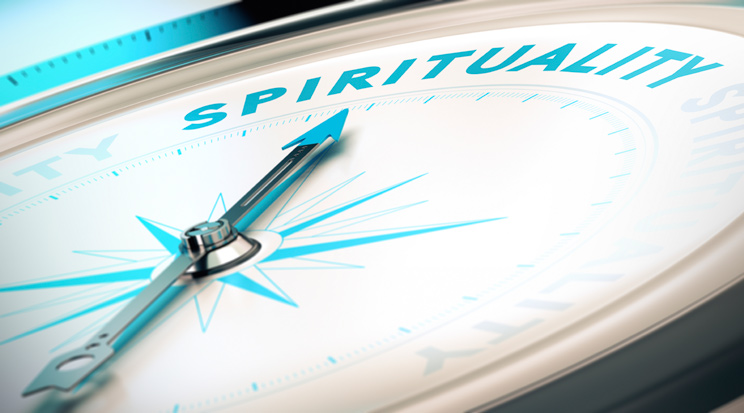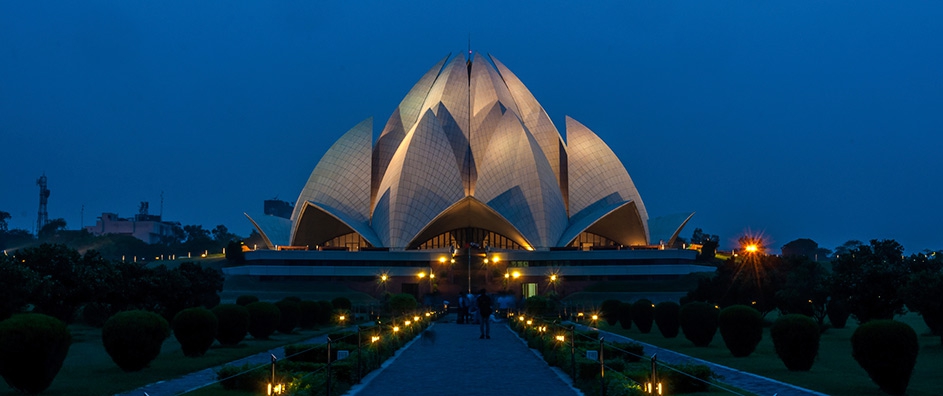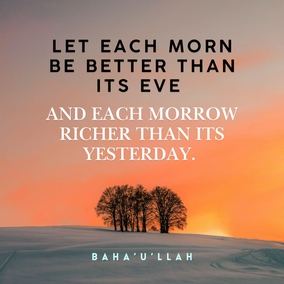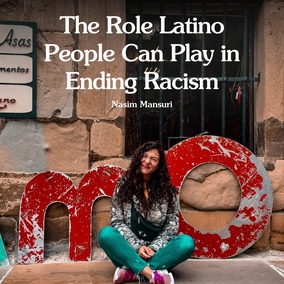The views expressed in our content reflect individual perspectives and do not represent the authoritative views of the Baha'i Faith.
“Progress” is the expression of spirit in the world of matter. The intelligence of man, his reasoning powers, his knowledge, his scientific achievements, all these being manifestations of the spirit, partake of the inevitable law of spiritual progress and are, therefore, of necessity, immortal.
My hope for you is that you will progress in the world of spirit, as well as in the world of matter; that your intelligence will develop, your knowledge will augment, and your understanding be widened. – Abdu’l-Baha, Paris Talks, p. 90.
 When we start to understand the spiritual and psychological maps of human growth and development as seeker’s paths—as GPS directions on the road to progress, maturity, inner understanding and wholeness–the directions they describe for us begin to look remarkably alike.
When we start to understand the spiritual and psychological maps of human growth and development as seeker’s paths—as GPS directions on the road to progress, maturity, inner understanding and wholeness–the directions they describe for us begin to look remarkably alike.
Almost all of the developmental schemes proceed in much the same way as Maslow’s and Kohlberg’s and all the mystical/religious traditions do: from the specific to the universal, from the fragmented to the unified, from the child to the adult, from inner-directed to other-directed, from the limited to the unlimited, and from self-absorption to self-transcendence.
As you might imagine, this fundamental idea of nested realities and the identification of a series of stages that define the process of growth didn’t just pop up yesterday. An eternal idea, summarized in many places, it probably finds its expression most succinctly in the philosophia perennis–the perennial philosophy–which identifies a hierarchy of widening levels of consciousness at each distinct phase of human development. The philosopher Ken Wilber defines it succinctly:
There is a much more sophisticated view of the relation of humanity and Divinity, a view held by the great majority of the truly gifted theologians, philosophers, sages, and even scientists of various times. Known in general as the “perennial philosophy”… it forms the esoteric core of Hinduism, Buddhism, Taoism, Sufism, and Christian mysticism, as well as being embraced, in whole or part, by individual intellects ranging from Spinoza to Albert Einstein, Schopenhauer to Jung, William James to Plato. According to the perennial philosophy, this path of transcendence follows what is called the ’Great Chain of Being,’ which is said to be a universal sequence of hierarchic levels of increasing consciousness. – Up From Eden, pp. 3, 7.
Most contemporary definitions understand the perennial philosophy as a powerful unifying idea, expressing the transcendent foundation of all mystical knowledge that forms the core of every true faith and all the world’s major religions. The perennial philosophy basically says that all religions share a single, universal truth; and that all faith aims to reveal the ultimate purpose of life to humanity.
This view, which Baha’is firmly believe, sees the divine origin of the world’s great Faiths as different stages in the history of one, progressively-revealed Faith:
This is the changeless Faith of God, eternal in the past, eternal in the future. Let him that seeketh, attain it… – Baha’u’llah, The Proclamation of Baha’u’llah, p. 119.
In the same way, the Baha’i teachings and the perennial philosophy link many of the seeker’s maps that originate in our psychological theories, myths and belief systems. Everyone who takes a path toward inner maturity can probably locate themselves somewhere on one of these maps. Following such a path means gaining inner knowledge with the goal of transcending ourselves and expanding our moral and spiritual consciousness. They all urge us to leave the smaller, more constricting, more temporal levels in favor of the wider, the higher, the more unified. Scientist and philosopher Guy Murchie described this universal law of the progress of the spirit in his book The Seven Mysteries of Life:
To be sure, the self is elementary and down-to-earth, as any beginning tool must be if it is to be grasped and used. But this doesn’t mean it is fixed and unchangeable. For, as with time and space, your spheres of awareness inevitably increase and in imperceptible but progressive stages you find and lose yourself as part of a family, a nation, a world… And, without forgetting your name or who you are, if you are growing spiritually, you begin to care less what happens to you and increasingly think and feel and act in causes beyond your individual self–at the same time letting that self diffuse and re-condense into a bigger, more universal consciousness. – p. 518.
The resonance of this big idea–a scientific, stage-development model of human spiritual maturity–lies in the immutable, universal natural law of higher-order structures emerging and evolving from the lower.
The Baha’i writings, especially the mystical books of Baha’u’llah, address this concept in beautiful, poetic and powerful ways. Baha’u’llah offers the world two maps of spiritual growth, one of them with the traditional seven stages the Sufis typically utilized, called The Seven Valleys, and the other featuring a mystical description of the four stages of the human heart on its spiritual journey. The religious scholar and historian Huston Smith has also drawn a four-stage map, which closely parallels the spiritual path described in Baha’u’llah’s book The Four Valleys. In our next installment in this series of essays, we’ll explore and compare those profound approaches to spiritual growth and development.
















Comments
Sign in or create an account
Continue with Googleor